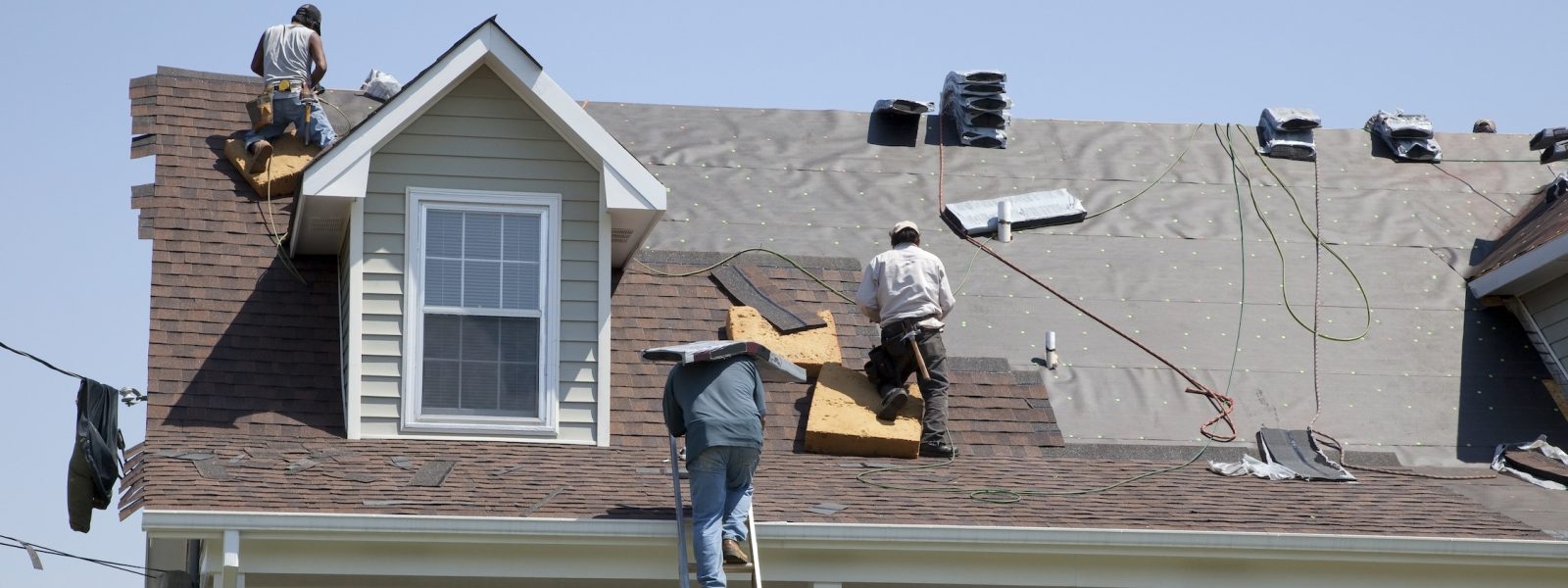

Articles
What Is A Fortified Roof
Modified: January 24, 2024
Discover articles on everything you need to know about a fortified roof, from maintenance tips to types of materials used. Stay informed and protect your home today.
(Many of the links in this article redirect to a specific reviewed product. Your purchase of these products through affiliate links helps to generate commission for Storables.com, at no extra cost. Learn more)
Introduction
A fortified roof is a term used to describe a roofing system that has been enhanced and strengthened to provide superior protection and durability. It goes beyond a standard roof by incorporating additional layers, materials, and design elements to withstand harsh weather conditions and potential damage.
While traditional roofs are designed to keep the elements out, a fortified roof takes this concept to the next level. It is specifically engineered to resist high winds, heavy rains, hailstorms, and even extreme temperatures. Whether you live in an area prone to hurricanes, tornadoes, or severe winter weather, a fortified roof can provide you with peace of mind and ensure the safety of your home and its occupants.
In this article, we will explore the definition of a fortified roof, its benefits, common materials used, design considerations, installation process, maintenance requirements, and cost considerations. By understanding these key aspects, you will be better equipped to make an informed decision when it comes to choosing a fortified roof for your property.
Key Takeaways:
- Invest in a fortified roof for unparalleled protection against extreme weather, reduced risk of water damage, potential insurance premium savings, and enhanced peace of mind for your property.
- Carefully consider material costs, installation costs, maintenance, insurance premiums, energy efficiency, and long-term return on investment when evaluating the cost of a fortified roof. Consult with experts for informed decision-making.
Read more: What Is A Roof
Definition of a Fortified Roof
A fortified roof is a roofing system that has been upgraded and reinforced to provide exceptional protection against various weather conditions and potential damage. It goes beyond the standard requirements of a typical roof and incorporates additional features to enhance its strength and durability.
One of the primary focuses of a fortified roof is its ability to withstand high winds. It is designed and constructed with materials and techniques that make it more resistant to wind uplift and displacement. This prevents the roof from being torn off during storms or hurricanes, reducing the risk of water infiltration and structural damage to the building.
In addition to wind resistance, a fortified roof also provides enhanced protection against other elements such as heavy rain, hail, and extreme temperatures. It is engineered using high-quality materials that are specifically chosen for their ability to withstand these conditions. These materials are often impact resistant and have high thermal performance to ensure long-lasting durability.
Another key aspect of a fortified roof is its ability to minimize the risk of leaks and water damage. It incorporates multiple layers of moisture barriers, such as underlayment, waterproof membranes, and sealants, to create a watertight seal. This helps to prevent water infiltration and costly repairs caused by leaks.
Furthermore, a fortified roof may also include features such as reinforced ridges, hurricane straps, and additional bracing systems to provide further stability and resistance against uplift forces. These features work together to strengthen the overall structure of the roof and improve its ability to withstand severe weather.
It is important to note that the term “fortified roof” can encompass different levels of protection and can be customized to meet specific needs. Some commercial and residential building codes have specific requirements for fortified roofs, while others may have voluntary certification programs that provide guidelines for enhanced roof systems.
Overall, a fortified roof is designed to provide superior protection, durability, and peace of mind for property owners. By investing in a fortified roof, you can mitigate the risks associated with severe weather conditions, minimize the potential for damage, and ensure the longevity of your roofing system.
Benefits of a Fortified Roof
A fortified roof offers a range of benefits that go beyond those of a standard roof. These enhanced features and protections provide added security, durability, and peace of mind for homeowners and property owners. Let’s explore the key benefits that come with installing a fortified roof:
- Increased Resistance to Extreme Weather: One of the primary advantages of a fortified roof is its ability to withstand harsh weather conditions. It is designed to resist high winds, heavy rains, hailstorms, and extreme temperatures. This increased resistance helps to minimize the risk of damage and reduce the need for repairs or replacements.
- Enhanced Durability: Fortified roofs are constructed using high-quality materials that are specifically chosen for their strength and durability. These materials can withstand the effects of aging, UV exposure, and other environmental factors. As a result, fortified roofs tend to have a longer lifespan compared to standard roofs.
- Reduced Risk of Water Damage: A fortified roof incorporates multiple layers of moisture barriers, such as underlayment and waterproof membranes, to create a watertight seal. This reduces the likelihood of water infiltration and minimizes the risk of expensive water damage to the interior of the building, including structural damage, mold growth, and rot.
- Improved Energy Efficiency: Many fortified roofs are designed with energy efficiency in mind. They often include insulation materials and reflective coatings that help to reduce heat transfer and improve thermal performance. This can lead to lower energy costs by reducing the need for heating and cooling throughout the year.
- Insurance Premium Savings: Due to the added protection and durability provided by a fortified roof, many insurance companies offer discounts on homeowner’s insurance premiums. By investing in a fortified roof, you may be eligible for potential savings on your insurance costs.
- Peace of Mind: Knowing that your roof is fortified and designed to withstand severe weather conditions can provide invaluable peace of mind. You can have confidence that your property and belongings are well-protected, even during storms or other natural disasters.
Overall, a fortified roof offers numerous benefits that contribute to the overall value and protection of your property. It provides increased resistance to extreme weather, enhanced durability, reduced risk of water damage, improved energy efficiency, potential insurance premium savings, and invaluable peace of mind. Investing in a fortified roof is not only a wise financial decision but also a way to ensure the safety and longevity of your home or building.
Common Materials Used in Fortified Roofs
A fortified roof is constructed using a combination of specialized materials that are chosen for their strength, durability, and ability to withstand extreme weather conditions. These materials work together to provide enhanced protection and longevity. Let’s explore some of the common materials used in fortified roofs:
- Impact-Resistant Shingles: One of the most common roofing materials used in fortified roofs is impact-resistant shingles. These shingles are specially designed to withstand the impact of hailstorms and other severe weather events. They are made with durable materials such as fiberglass or polymer modified asphalt, which can help prevent cracking and damage from hailstones.
- Metal Roofs: Metal roofs are another popular choice for fortified roofs. They offer excellent durability and can withstand high winds, heavy rains, and hailstorms. Metal roofs are often made from materials such as steel, aluminum, or copper, which are known for their strength and longevity. They can also be treated with coatings to improve their resistance against corrosion and UV rays.
- Roofing Underlayment: Roofing underlayment is a crucial component of fortified roofs. It is a waterproof barrier that is installed directly onto the roof deck before the final roofing material is applied. Common types of underlayment include synthetic underlayment, self-adhered ice and water shield, and traditional felt paper. These materials provide an additional layer of moisture protection, preventing water infiltration and protecting the structure of the roof.
- Reinforced Membranes: In some cases, fortified roofs may incorporate reinforced membranes. These are thick, high-strength membranes that are installed as an additional layer of protection over the roof. They are typically made from materials such as ethylene propylene diene monomer (EPDM) or thermoplastic olefin (TPO). Reinforced membranes are resistant to UV radiation and can withstand high winds and temperature fluctuations.
- Hurricane Straps and Bracing: For areas prone to hurricanes or high winds, fortified roofs may include hurricane straps or additional bracing systems. These components help to anchor the roof to the underlying structure, providing extra resistance against uplift forces. They are typically made from galvanized steel or other high-strength materials.
- Sealants and Flashing: Proper sealing and flashing are critical for a fortified roof. Sealants, such as silicone or polyurethane, are used to create a watertight seal at vulnerable areas, such as roof edges, vents, and skylights. Flashing, which is typically made from metal, helps to divert water away from these areas and prevent leaks.
Each of these materials plays a significant role in enhancing the strength and durability of a fortified roof. By carefully selecting the right combination of materials, a fortified roof can provide long-lasting protection against severe weather conditions and potential damage.
Design Considerations for a Fortified Roof
The design of a fortified roof is crucial to ensure its effectiveness in providing enhanced protection and durability. Several key considerations need to be taken into account during the design process. Let’s explore some of the important design considerations for a fortified roof:
- Roof Slope and Pitch: The slope and pitch of the roof impact its ability to shed water and withstand high winds. Steeper slopes are generally more effective in quickly draining water off the roof surface, reducing the risk of water buildup and leaks. Additionally, a higher roof pitch can help in withstanding wind forces by reducing uplift pressure.
- Roof Decking Material: The choice of roof decking material is crucial for a fortified roof. It should provide a solid and stable substrate for the roof covering. Common materials for roof decking include plywood, oriented strand board (OSB), and metal. The thickness and quality of the decking material should be appropriate to support the weight of the roofing system and withstand the expected loads.
- Ventilation: Proper ventilation is important for a fortified roof to prevent issues such as condensation, mold growth, and excessive heat buildup. Adequate ventilation helps to regulate the temperature and moisture levels in the attic or roof space, improving the overall performance and longevity of the roofing system.
- Drip Edges and Eave Protection: Installing drip edges and eave protection is essential for directing water away from vulnerable areas of the roof. Drip edges help to prevent water from getting underneath the roofing material and causing damage to the underlying layers. Eave protection, such as ice and water shield, provides an extra layer of protection against ice dams and water infiltration at the eaves.
- Roof Penetrations: Properly addressing roof penetrations, such as chimneys, vents, and skylights, is essential for a fortified roof. These areas are potential weak points where water infiltration can occur. Flashing should be installed around roof penetrations to create a watertight seal and prevent leaks.
- Proper Installation Techniques: Attention to detail during the installation process is vital for the effectiveness of a fortified roof. Following manufacturer guidelines, local building codes, and industry best practices ensures the proper installation of the roofing system. This includes correct fastening, sealing, and flashing techniques to maintain the integrity of the roof.
- Local Climate Considerations: Designing a fortified roof should also take into account the specific climate conditions of the area. For example, in hurricane-prone regions, additional reinforcement and impact-resistant materials may be necessary. Understanding the local weather patterns and building codes will help guide the design choices for the most effective fortified roof.
By considering these design factors, a fortified roof can be tailored to meet the specific requirements of the environment and provide maximum protection against severe weather conditions and potential damage. Consulting with a professional roofing contractor or engineer can help ensure that the design of your fortified roof is well-suited to your specific needs.
When considering a fortified roof, look for features such as impact-resistant shingles, reinforced roofing materials, and proper installation techniques to ensure maximum protection against severe weather and potential damage.
Read more: What Is A Roof Shingle
Installation Process for a Fortified Roof
The installation process for a fortified roof involves several steps to ensure that it is properly reinforced and provides the desired level of protection. While the exact process may vary depending on the specific roofing system and materials chosen, here is a general outline of the installation process:
- Preparation: The first step is to prepare the existing roof by removing the old roofing materials, if necessary. This may involve tearing off the old shingles, removing any damaged decking, and ensuring that the roof deck is clean, dry, and free from debris.
- Roof Deck Inspection and Repair: Once the roof is prepared, a thorough inspection of the roof deck is conducted to identify any areas that need repair or reinforcement. Damaged or deteriorated decking is replaced, ensuring a solid substrate for the fortified roof.
- Moisture Barriers and Underlayment: The next step is to install the moisture barriers and underlayment. These layers provide additional protection against water infiltration. The underlayment is carefully applied, ensuring proper coverage and overlap to create a watertight seal.
- Flashing and Penetrations: Roof penetrations, such as chimneys, vents, and skylights, require special attention during the installation process. Flashing is installed around these areas to create a watertight seal and prevent leaks. Proper sealing techniques and compatible materials are used for optimal performance and longevity.
- Installation of Roofing Material: Once the moisture barriers, underlayment, and flashing are in place, the fortified roofing material is installed. This may include impact-resistant shingles, metal panels, or other specialized roofing systems. The roofing material is carefully applied, ensuring proper alignment, fastening, and overlap for maximum strength and durability.
- Ridge Vents and Ventilation: Proper ventilation is crucial for a fortified roof. Ridge vents or other ventilation systems are installed to allow for the flow of air in the attic or roof space. This helps to regulate temperature and moisture levels, reducing the risk of condensation and preserving the integrity of the roofing system.
- Final Inspections: Once the installation is complete, a final inspection is conducted to ensure that the fortified roof meets all required standards and specifications. This inspection includes a thorough examination of the installation, checking for proper fastening, sealing, and overall performance of the roofing system.
It is important to note that the installation of a fortified roof is a complex and specialized process. It is recommended to hire professional roofing contractors with experience in installing fortified roofs. They have the expertise, tools, and knowledge to ensure a proper and effective installation, providing you with the highest level of protection and durability.
Maintenance and Upkeep of a Fortified Roof
Maintaining a fortified roof is essential to ensure its long-term performance and durability. Regular maintenance and proper upkeep can help identify and address any issues before they escalate and protect your investment. Here are some key maintenance practices and considerations for a fortified roof:
- Regular Roof Inspections: Schedule regular roof inspections by a professional to check for any signs of damage or wear. Inspections should be conducted at least once a year, but may need to be more frequent depending on the climate and weather conditions in your area.
- Clean Gutters and Downspouts: Keep your gutters and downspouts free from debris, such as leaves and twigs, to prevent water buildup and potential damage to the roof. Clogged gutters can lead to overflowing water, which can seep under the roofing material and cause leaks.
- Trim Overhanging Branches: Trim any branches that overhang the roof to minimize the risk of damage caused by falling branches and leaves. Branches rubbing against the roof can wear down the protective surface and create opportunities for water infiltration.
- Check and Repair Flashing: Inspect the flashing around penetrations, such as chimneys and vents, to ensure they are secure and in good condition. Replace any damaged or deteriorated flashing to maintain a watertight seal and prevent leaks.
- Address Moss, Algae, and Fungus: If you notice the growth of moss, algae, or fungus on your fortified roof, it is important to address it promptly. These organisms can trap moisture and cause damage over time. There are specific treatments and cleaning solutions available to remove these growths without causing harm to the roofing material.
- Clear Snow and Debris: If you live in an area with heavy snowfall, make sure to clear snow from your roof to prevent excessive weight and stress on the structure. Also, remove any debris, such as leaves and branches, that may accumulate on the roof and impede drainage.
- Maintain Proper Ventilation: Ensure that your roof ventilation systems, such as ridge vents or soffit vents, are clear of obstructions to allow proper airflow. This helps to regulate the temperature and moisture levels in the attic, reducing the risk of condensation and mold growth.
- Address Leaks Promptly: If you notice signs of a leak, such as water stains on ceilings or walls, address the issue promptly. Investigate the source of the leak and have it repaired as soon as possible to prevent further damage to your fortified roof and the interior of your home.
It is important to refer to the manufacturer’s guidelines for specific maintenance recommendations for your fortified roof, as different materials may require unique care. Additionally, consult with a professional roofing contractor if you have any concerns or questions about the maintenance of your fortified roof.
By following these maintenance practices and addressing any issues proactively, you can maximize the lifespan and performance of your fortified roof, ensuring optimal protection for your home or building.
Cost Considerations for a Fortified Roof
When considering a fortified roof, it is important to evaluate the associated costs to make an informed decision. While the upfront cost of a fortified roof may be higher compared to a standard roof, it is essential to understand the long-term benefits and potential cost savings. Here are some key cost considerations to keep in mind:
- Material Costs: The choice of materials for a fortified roof can significantly impact the overall cost. Impact-resistant shingles, metal roofing, and reinforced membranes typically come with a higher price tag compared to standard roofing materials. However, these materials offer superior durability and enhanced resistance to weather elements, which may justify the additional cost.
- Installation Costs: The complexity of installing a fortified roof requires skilled labor and expertise. Consequently, the installation costs may be higher compared to a standard roof. It is important to obtain multiple quotes from reputable roofing contractors and ensure they have experience with fortified roofing systems.
- Maintenance and Repair Costs: While a fortified roof is designed to be more durable and resistant to damage, it is still crucial to factor in ongoing maintenance and potential repair costs. Regular inspections, cleaning, and addressing any issues promptly can help minimize maintenance costs in the long run.
- Insurance Premiums: A fortified roof may qualify for insurance premium discounts due to its enhanced protection and resistance to damage. Contact your insurance provider to determine if they offer any incentives or reduced premiums for fortified roofs. These potential savings can help offset the initial cost of installation.
- Energy Efficiency: A well-designed and properly insulated fortified roof can contribute to energy savings. Enhanced insulation and reflective coatings can reduce heating and cooling needs, resulting in lower energy costs over time. While this does not directly impact the initial cost, it can provide long-term savings after the installation.
- Longevity and Return on Investment: Fortified roofs are designed to be more durable and have a longer lifespan compared to standard roofs. While the upfront cost may be higher, the extended lifespan can provide a return on investment by reducing the need for premature replacements or major repairs.
It is important to carefully weigh the upfront costs against the long-term benefits and potential cost savings of a fortified roof. Consider the specific climate conditions in your area, the expected lifespan of the roofing materials, and the overall value it brings to your property.
Lastly, it is recommended to consult with a professional roofing contractor or industry expert to provide a detailed cost estimate based on your specific requirements and preferences. They can help you evaluate the options, understand the associated costs, and make an informed decision about investing in a fortified roof.
Conclusion
A fortified roof offers superior protection, durability, and peace of mind for property owners. It goes beyond a standard roof by incorporating additional layers, materials, and design considerations to withstand harsh weather conditions and potential damage. Throughout this article, we have explored the definition of a fortified roof, its benefits, common materials used, design considerations, installation process, maintenance requirements, and cost considerations.
By investing in a fortified roof, you can mitigate the risks associated with severe weather conditions, minimize the potential for damage, and ensure the longevity of your roofing system. The increased resistance to extreme weather, enhanced durability, reduced risk of water damage, improved energy efficiency, potential insurance premium savings, and invaluable peace of mind are all key benefits that come with a fortified roof.
When considering a fortified roof, it is important to evaluate the associated costs, including material costs, installation costs, maintenance and repair costs, insurance premiums, energy efficiency, and long-term return on investment. While the upfront cost may be higher compared to a standard roof, the long-term benefits and potential cost savings can justify the investment in a fortified roof.
In conclusion, a fortified roof is an excellent choice for property owners seeking enhanced protection and durability. By carefully selecting the materials, design considerations, and installation process, you can ensure that your fortified roof provides optimal performance and withstands severe weather conditions. Regular maintenance and upkeep are essential to preserve the integrity of your fortified roof and maximize its lifespan.
Consulting with a professional roofing contractor or industry expert can provide valuable guidance and assistance throughout the process of choosing, installing, and maintaining a fortified roof. With their expertise and knowledge, you can make an informed decision and enjoy the benefits of a fortified roof for years to come.
Frequently Asked Questions about What Is A Fortified Roof
Was this page helpful?
At Storables.com, we guarantee accurate and reliable information. Our content, validated by Expert Board Contributors, is crafted following stringent Editorial Policies. We're committed to providing you with well-researched, expert-backed insights for all your informational needs.
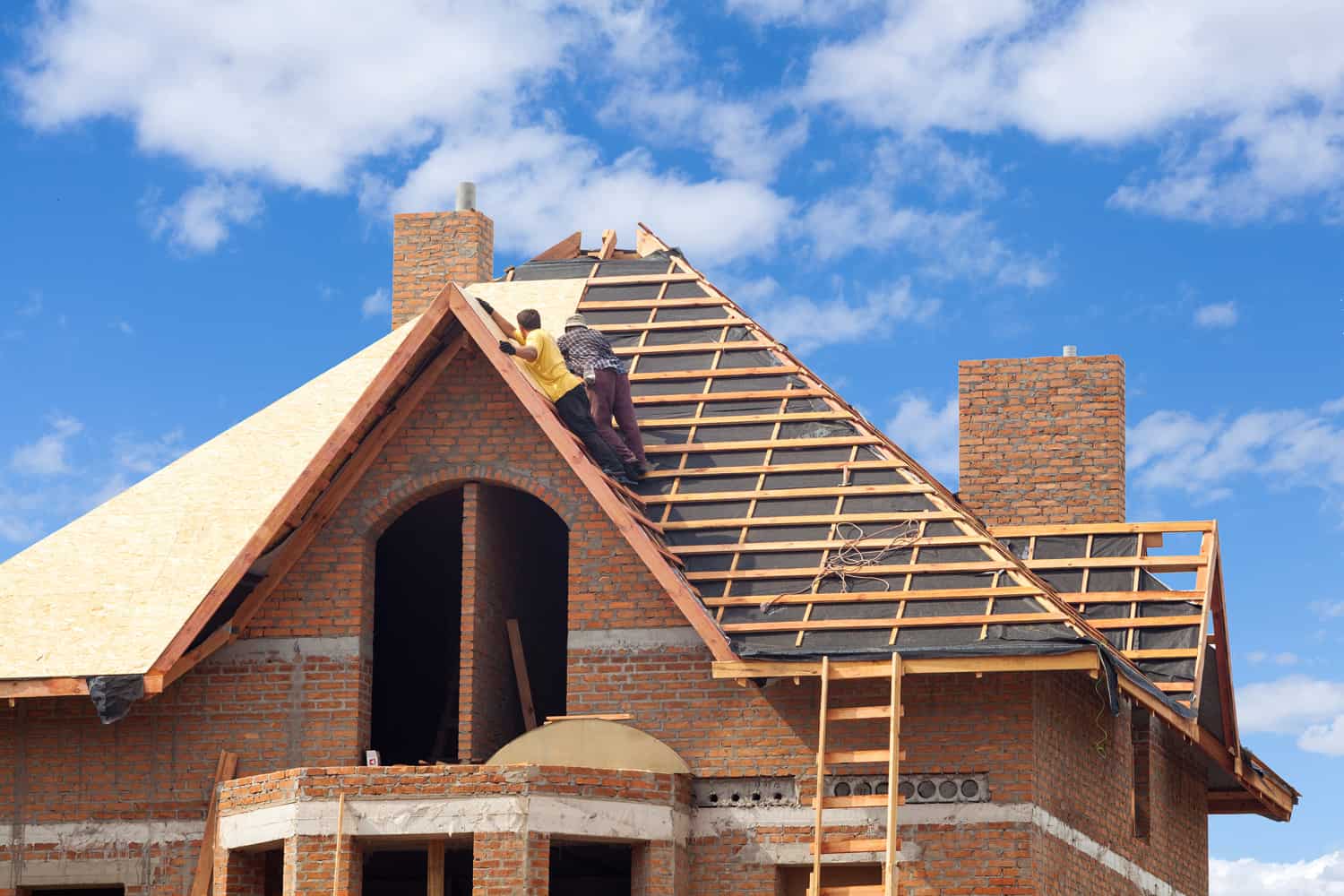
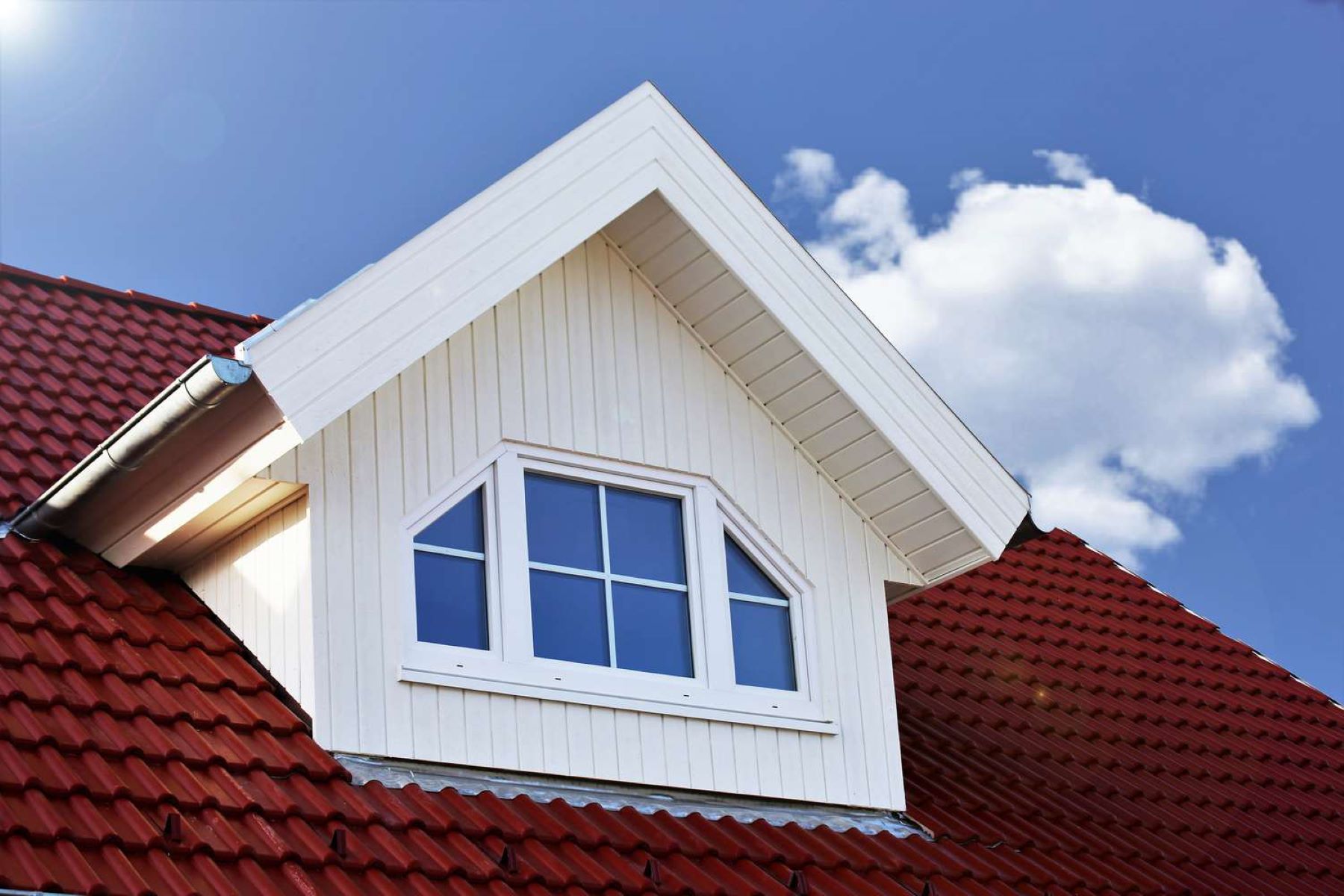
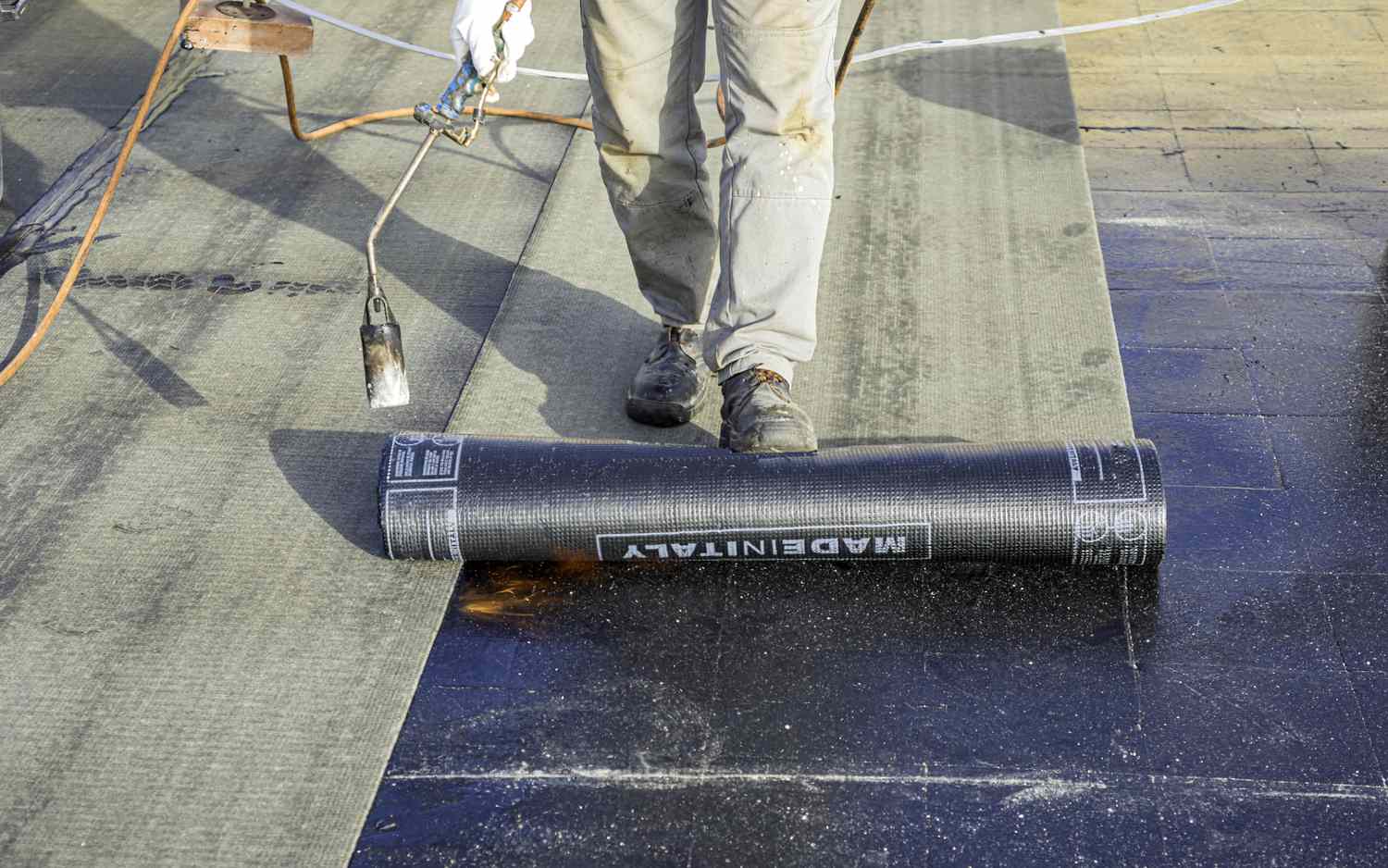
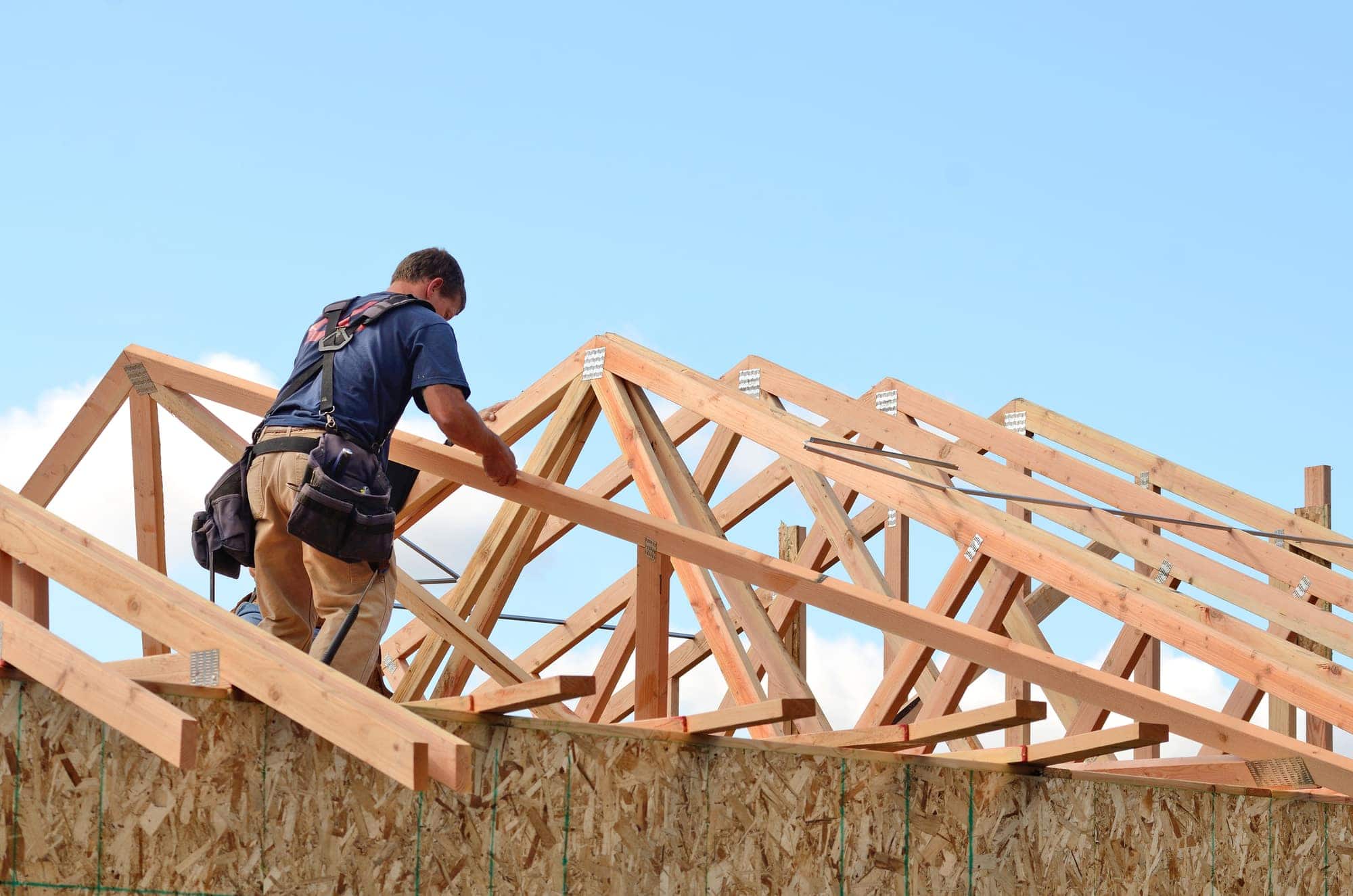
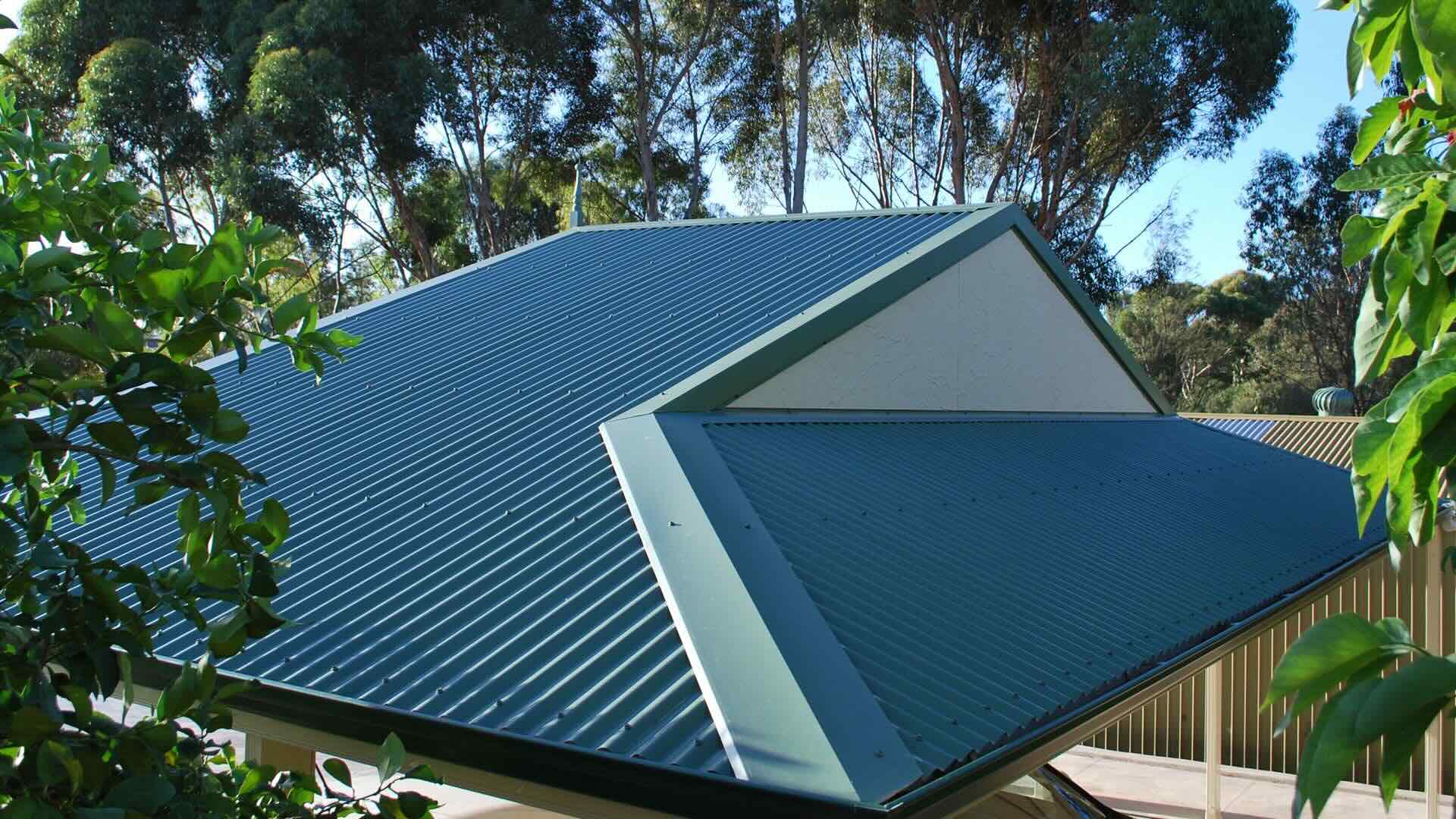
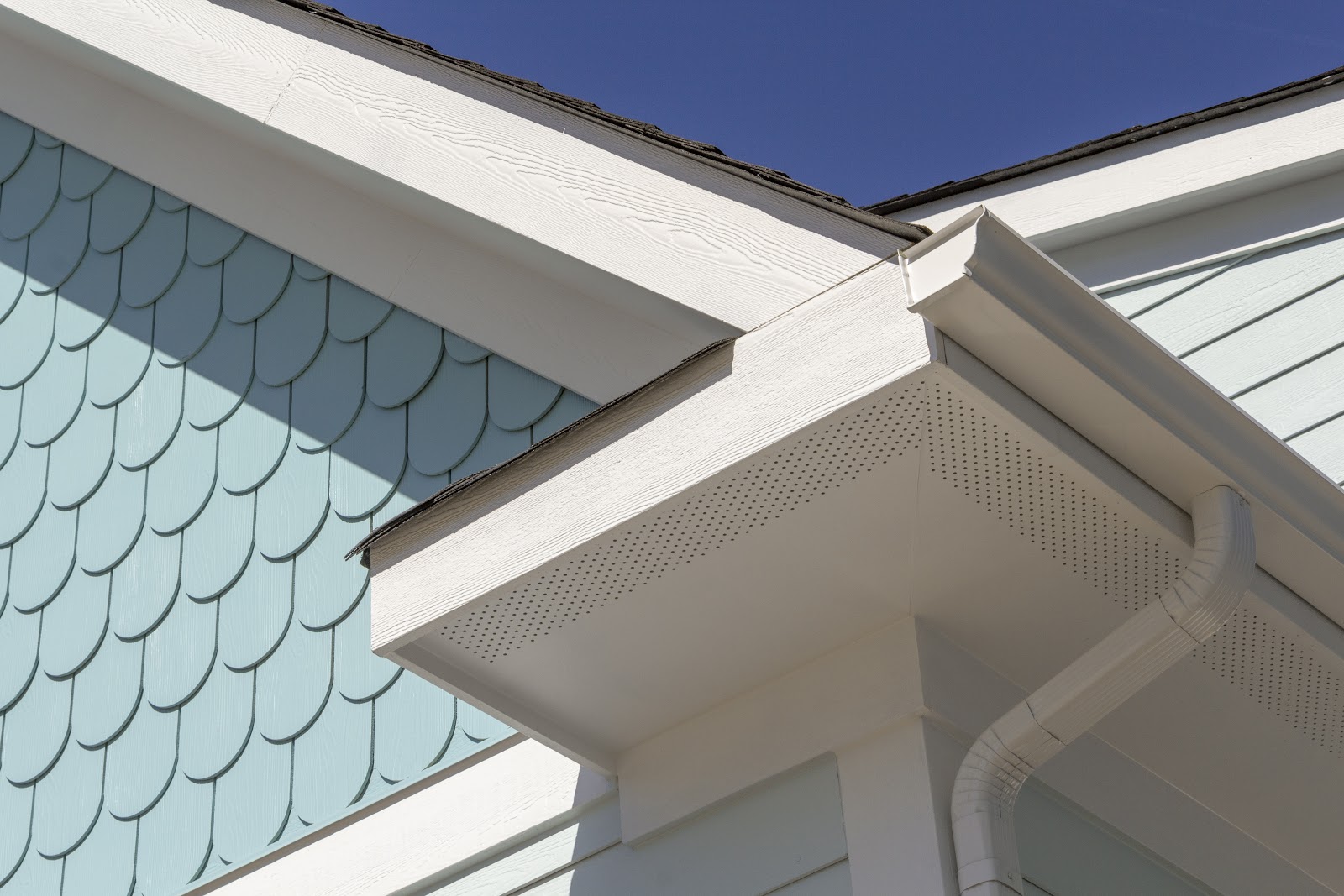

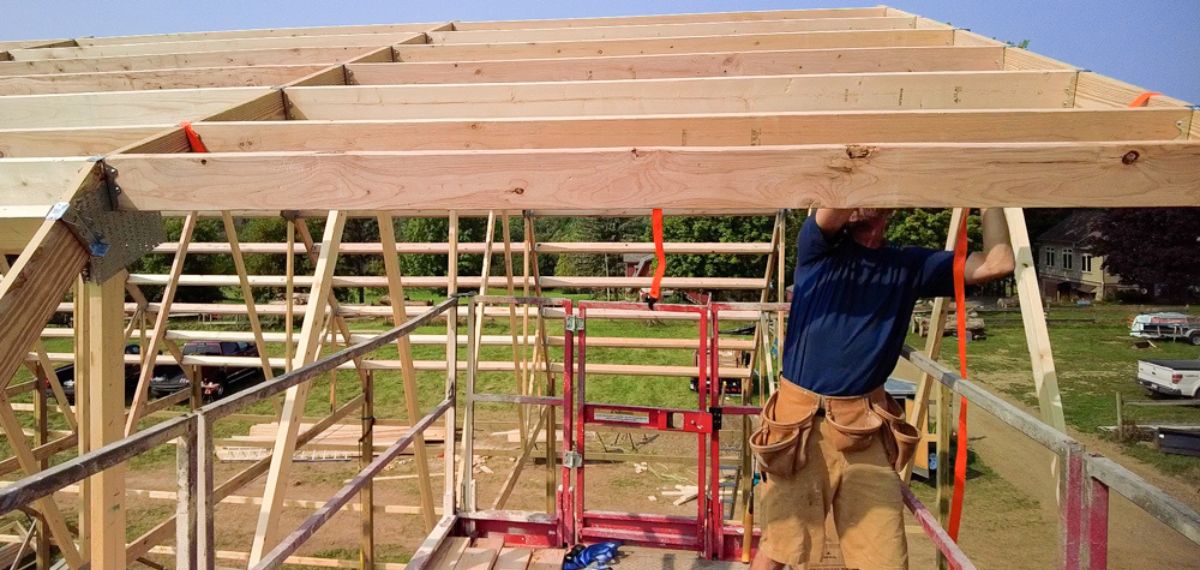
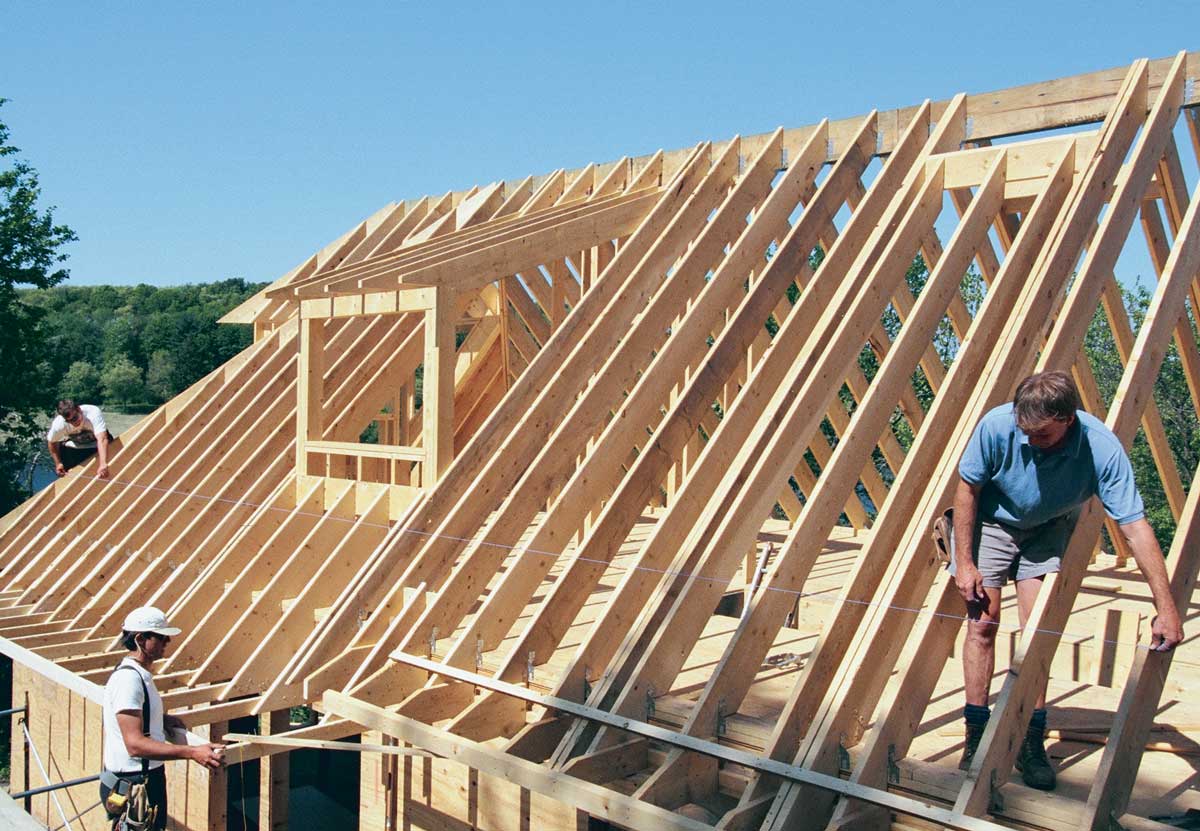
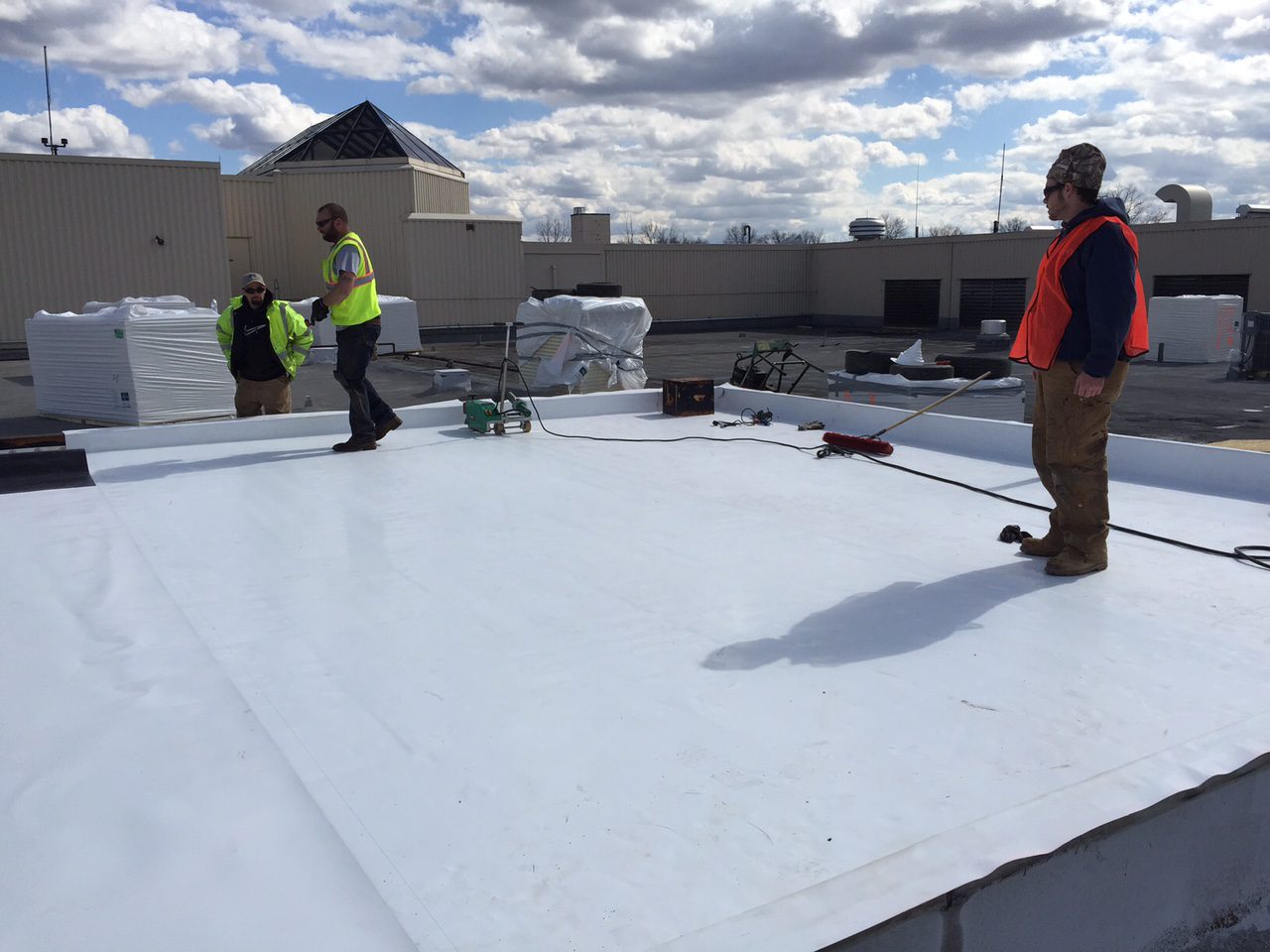
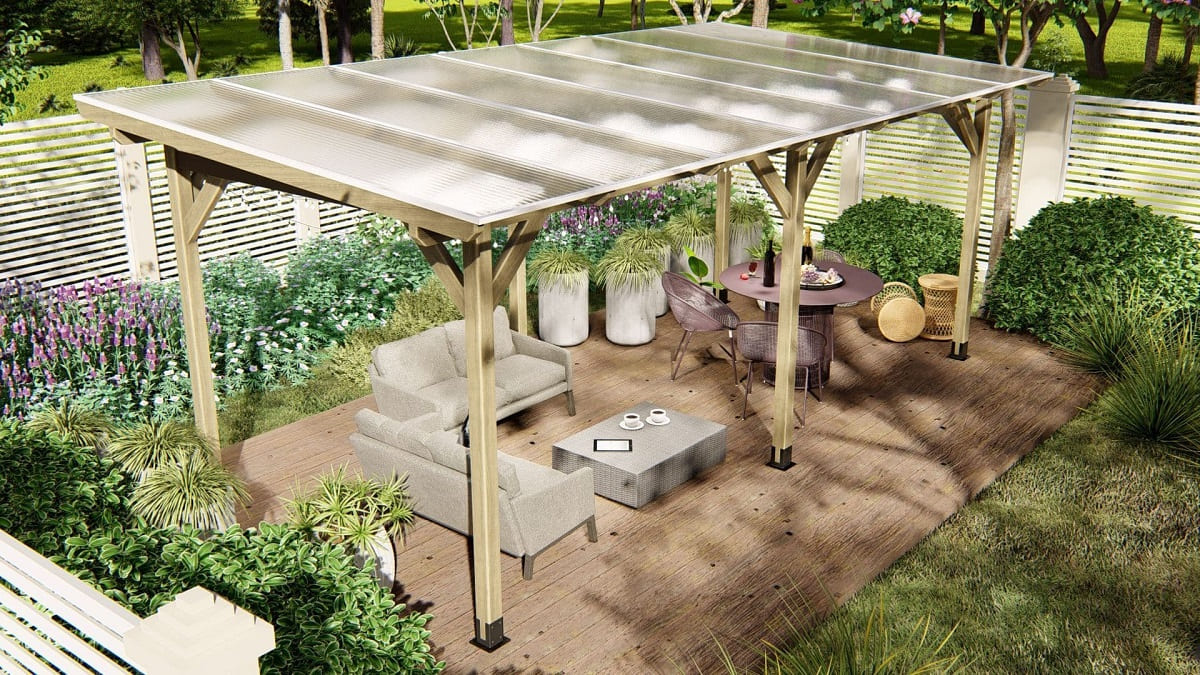
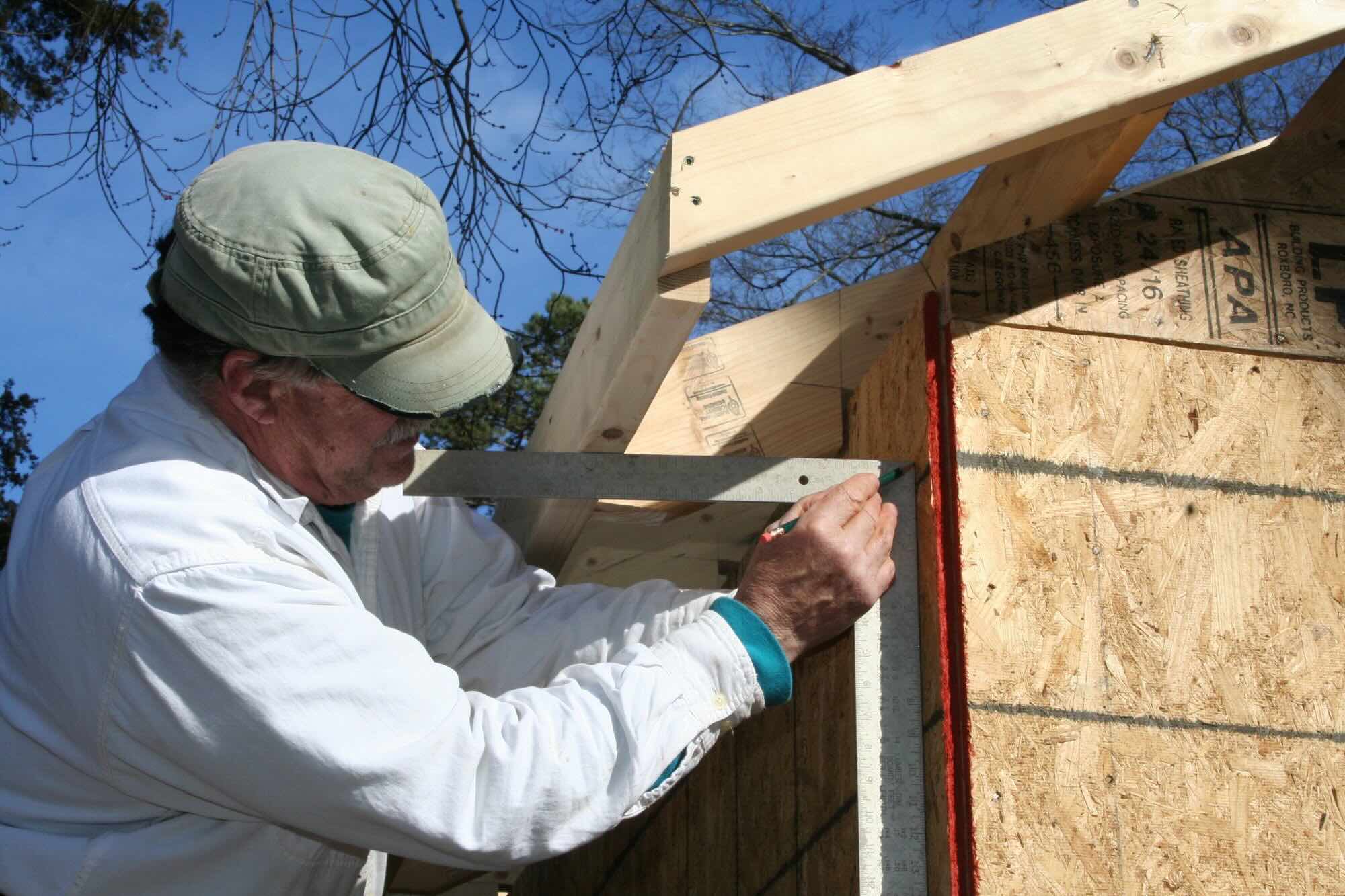
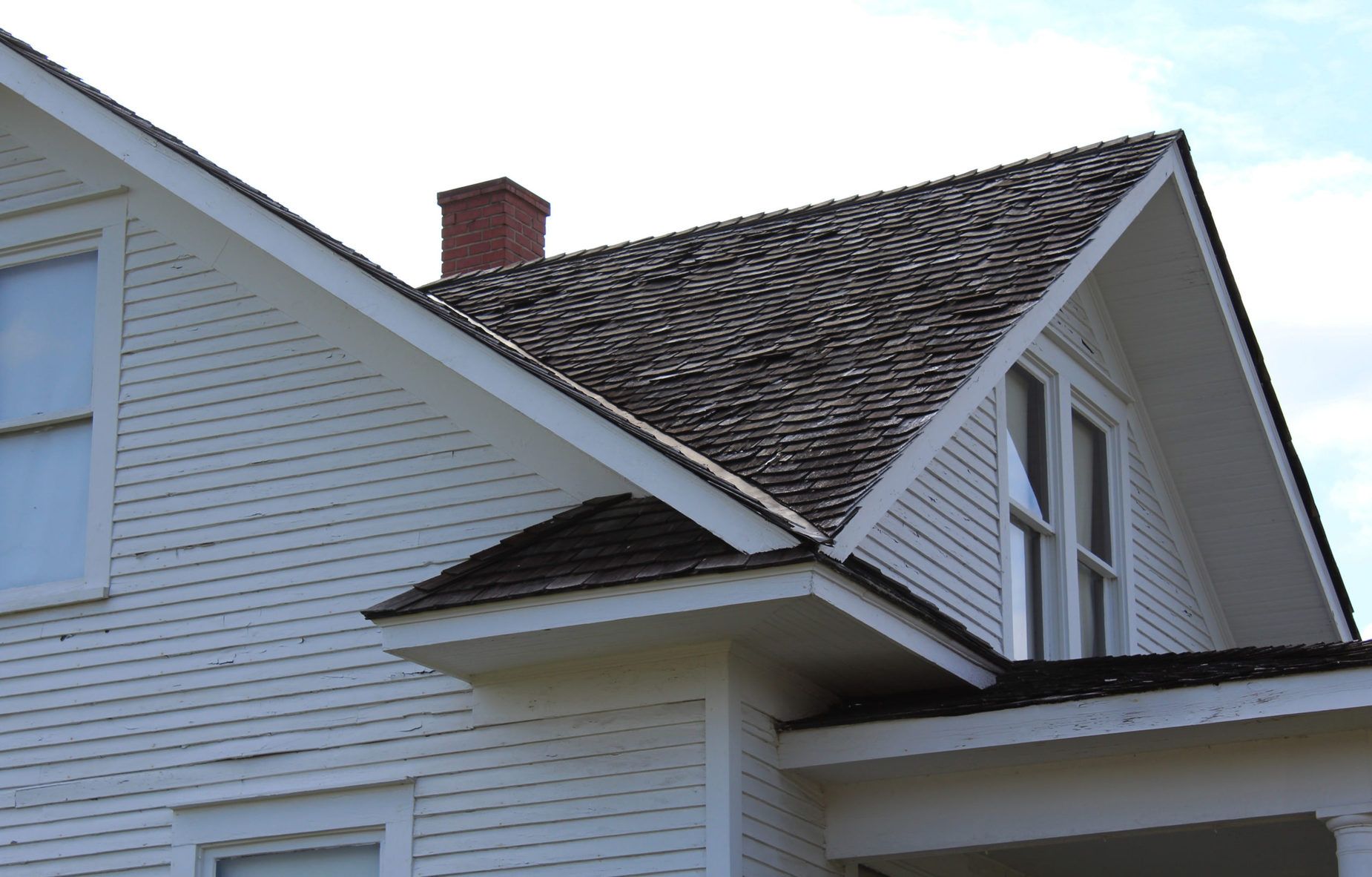
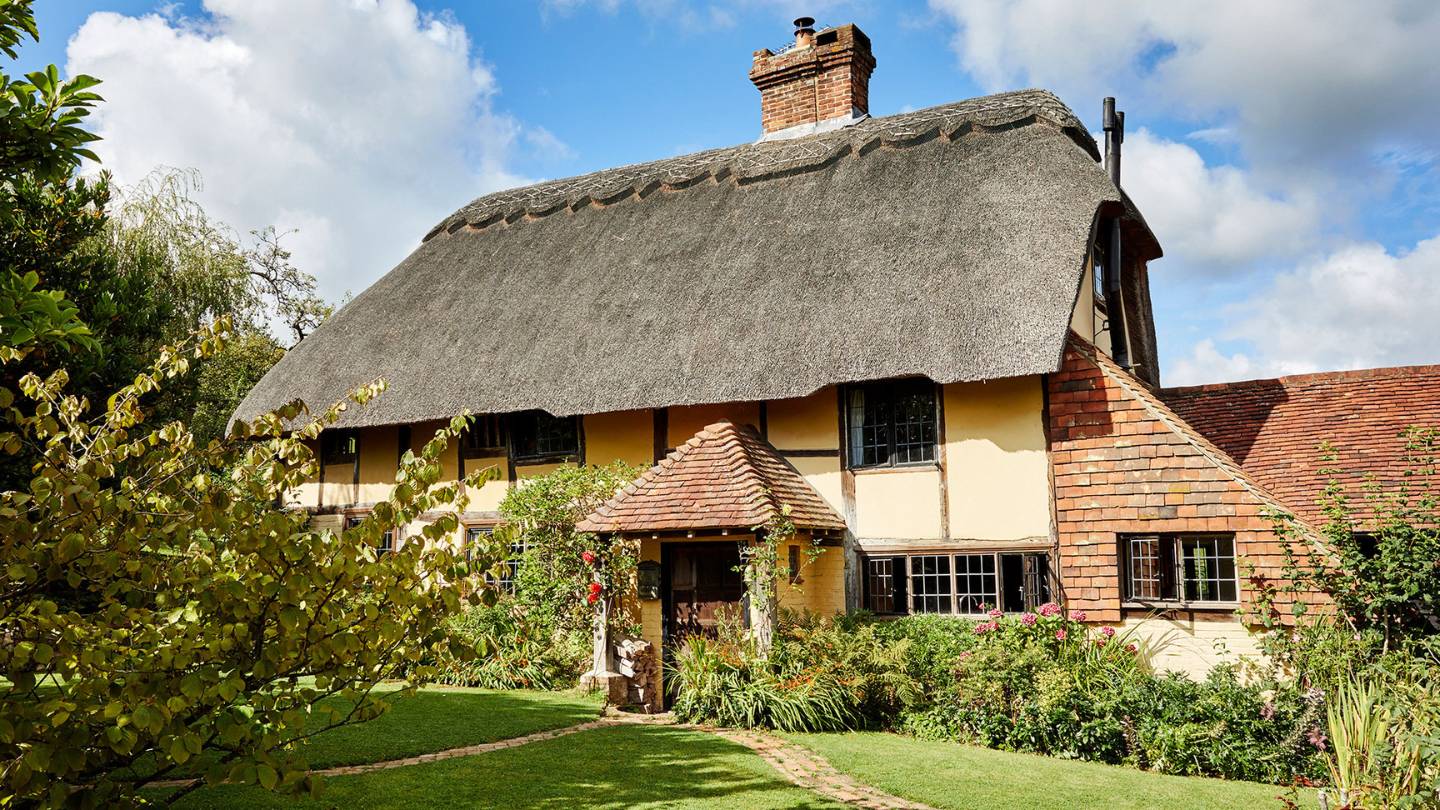

0 thoughts on “What Is A Fortified Roof”